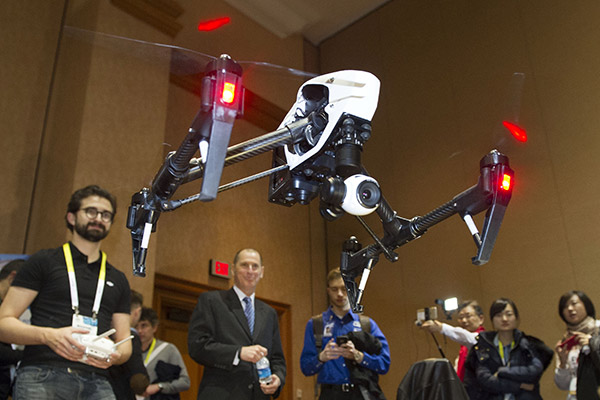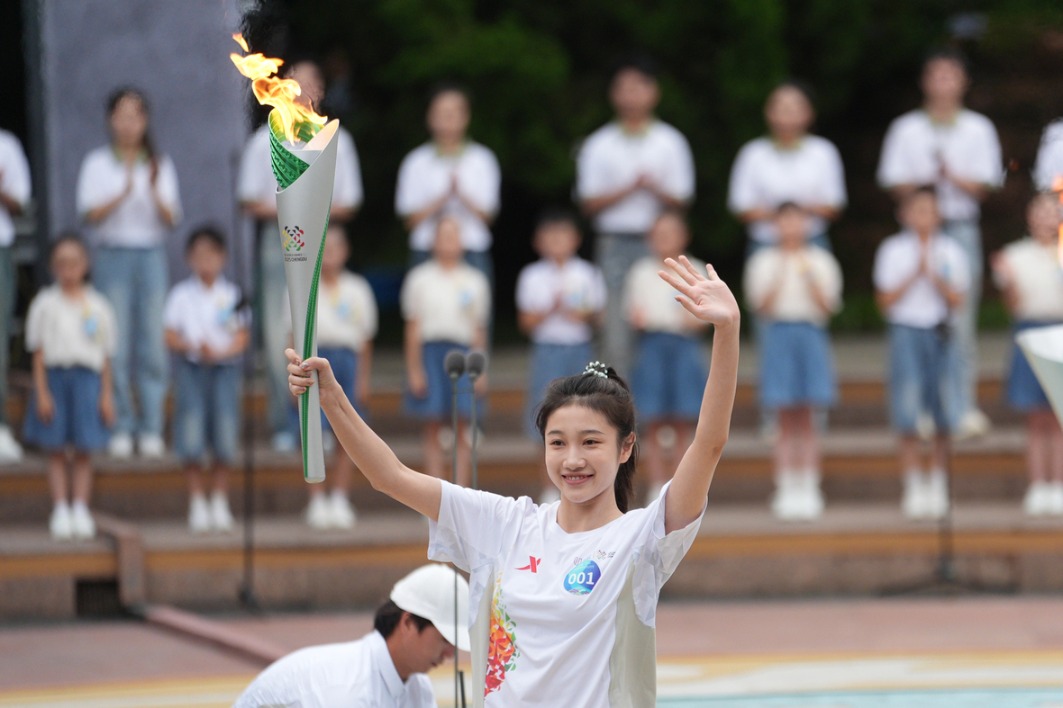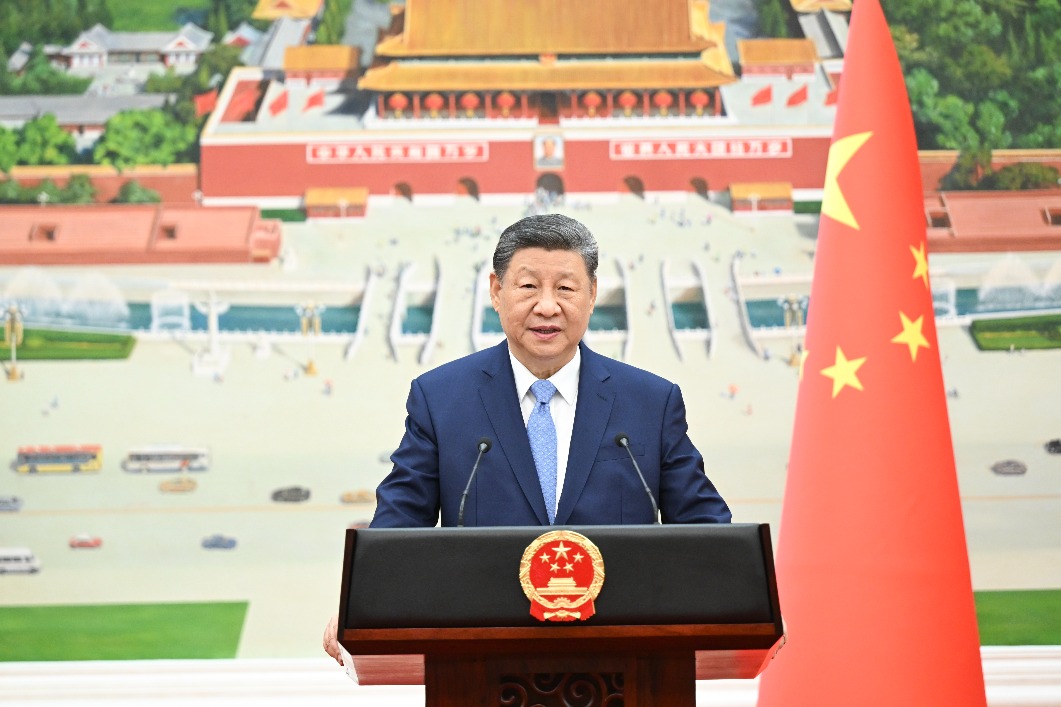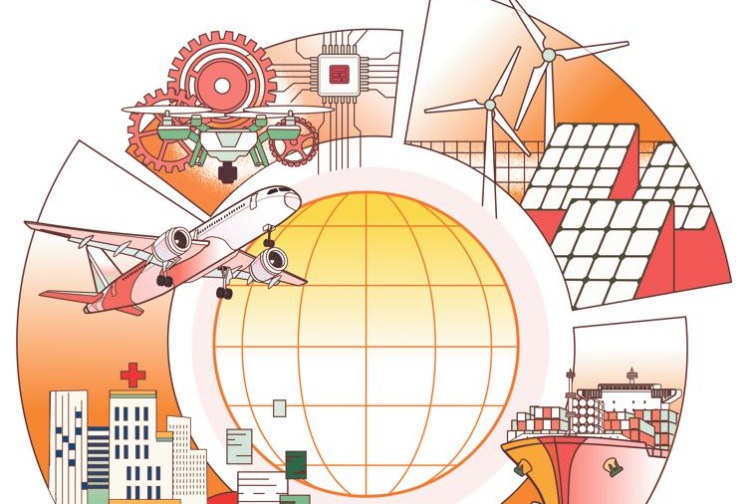Dronemaker to help enforce no-fly zones

 |
| A drone developed by DJI Technology Co is on show at an exhibition in Las Vegas, the United States. [Photo/Xinhua] |
"We are willing to contribute our geofencing technology to related authorities to jointly ensure a safe air condition for civil flights," said Wang Shu, DJI's security technology director.
According to a regulation announced in May by the Civil Aviation Administration of China, the country's top aviation regulator, all drones weighing more than 250 grams must be registered starting in June.
The CAAC also announced protective zones around 155 airports and said it would introduce more technical measures to ensure that civil aviation would not be affected by drones.
The announcement followed a series of flights that were canceled in Chengdu, capital of Sichuan province, and Chongqing early this year due to unauthorized drone activity near the airports that was deemed a threat to air safety.
"As a market leader, DJI is willing to cooperate with related authorities and our users to enable ... safety," Wang said.
DJI, founded in 2006 in Shenzhen, a pioneering city for China's reform and opening up policy since the 1980s, currently claims more than 70 percent of the global drone market.
DJI pioneered geofencing technology with its "No Fly Zone" system aboard its drones in 2013, a feature that helps users avoid inadvertent straying into restricted areas such as airports.
According to Wang, DJI has already adopted the "No Fly Zone" system at more than 200 domestic airports.
There have been no flying activities that pose threats at the Shenzhen Bao'an International Airport, since DJI introduced detecting and warning facilities in the airport early this year, according to Wang.
"We will promote such facilities to more airports nationwide in the near future," Wang said.
Moreover, users are required to register with their real name into DJI's "No Fly Zone" system, according to Wang.
However, the ever-improved air security rules have already affected DJI's sales, according to Huang Zhicong, head of DJI Aviation Safety.
Sales of the company's drones in the domestic market have slightly declined recently, following the regulations to restrict flying places.
"The restrictions could pose more impacts psychologically on drone users, who usually have no idea where they can fly," Huang said.
Huang declined to elaborate on the sales decline in the past two months, but said DJI will develop more drones for industrial use in the near future, aiming to avoid business losses in the consumer sector.































